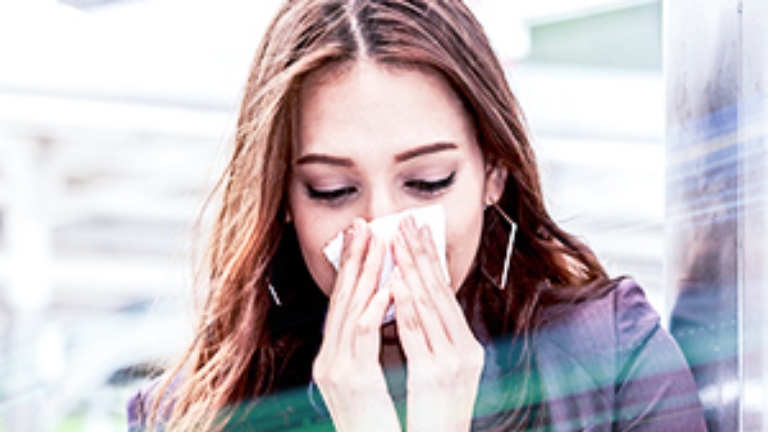Six Ways to Keep Breathing From Being Dangerous to Your Health
February 01, 2018

Flu season is upon us. The widespread virus, now settling in more than 45 states, is causing some medical experts to predict this to be one of the worst seasons in history. But what about that uncontrollable cough, those nasty headaches and sporadic sneezing you and your colleagues experience at other times of the year? Or your child’s asthma that suddenly developed, and their runny nose that has become a constant irritation? You just might find the cause in something you can’t see, something that surrounds you every day, right in the air you breathe.
Six ways to breathe easier
- Although health data is incomplete, make use of the information that is available to choose cleaning supplies, furnishings and building materials with low chemical emissions.
- Conduct regular maintenance of your mechanical systems to ensure their efficient and effective performance, and that they are operating according to manufacturer’s specifications.
- Investigate technologies and practices to help improve ventilation and air quality, such as outdoor air economizers, free-cooling, and more efficient HVAC systems.
- Carbon dioxide levels can be a rough indicator of proper ventilation. Use sensors and a building automation system to monitor CO2 in real-time to prevent and resolve issues promptly.
- Check your building for well-known pollutants, such as lead and asbestos, and conduct annual air quality testing.
- Consider building occupants your on-site air quality team. Always respond to and evaluate their concerns.
What is a ‘sick building?’
Yes, it’s true. With people spending approximately 90 percent of their time indoors, where pollutant levels can be two to five times higher than those outside, the correlation between illnesses, respiratory problems, productivity and other issues with the indoor environment is quite strong. So strong, that in the 1970s, the term “sick building syndrome,” was coined to describe a variety of occupant health complaints thought to be caused by indoor environmental problems.
How to improve your building’s indoor air quality
So, how do you improve indoor air quality in your building? While some might suggest one way is to stop using harmful materials and chemicals, it’s not that easy.
Introduce fresh air into your building
Bringing fresh air into a building can dilute pollutants, so one of the most important things you can do is to enhance the health of your building is to improve the ventilation. Building owners should strive to meet or exceed ventilation rate guidelines. Current ASHRAE Standards are a minimum of 20 cubic feet per minute per building occupant for “acceptable” indoor air quality, although studies show that more might be better. Research conducted by the Harvard T.H. Chan School of Public Health showed office workers shifting from the 62nd percentile in cognitive performance to the 70th percentile when ventilation rates were increased from 20 cubic feet per minute per building occupant to 40.
Improving indoor air quality goes a long way toward enhancing the lives of building occupants. Children in classrooms with high ventilation rates have proven to achieve higher standardized math and reading test scores than those in poorly ventilated classrooms.1 It can also provide significant economic benefits, saving businesses the cost of high health care and lost productivity, which the EPA estimates to be tens of billions of dollars each year. Plus, a healthier indoor environment might even get rid of your child’s runny nose.
1. United States Environmental Protection Agency (EPA) “How Does Indoor Air Quality Impact Student Health and Academic Performance?” (1/12/2018) https://www.epa.gov/iaq-schools/how-does-indoor-air-quality-impact-student-health-and-academic-performance
